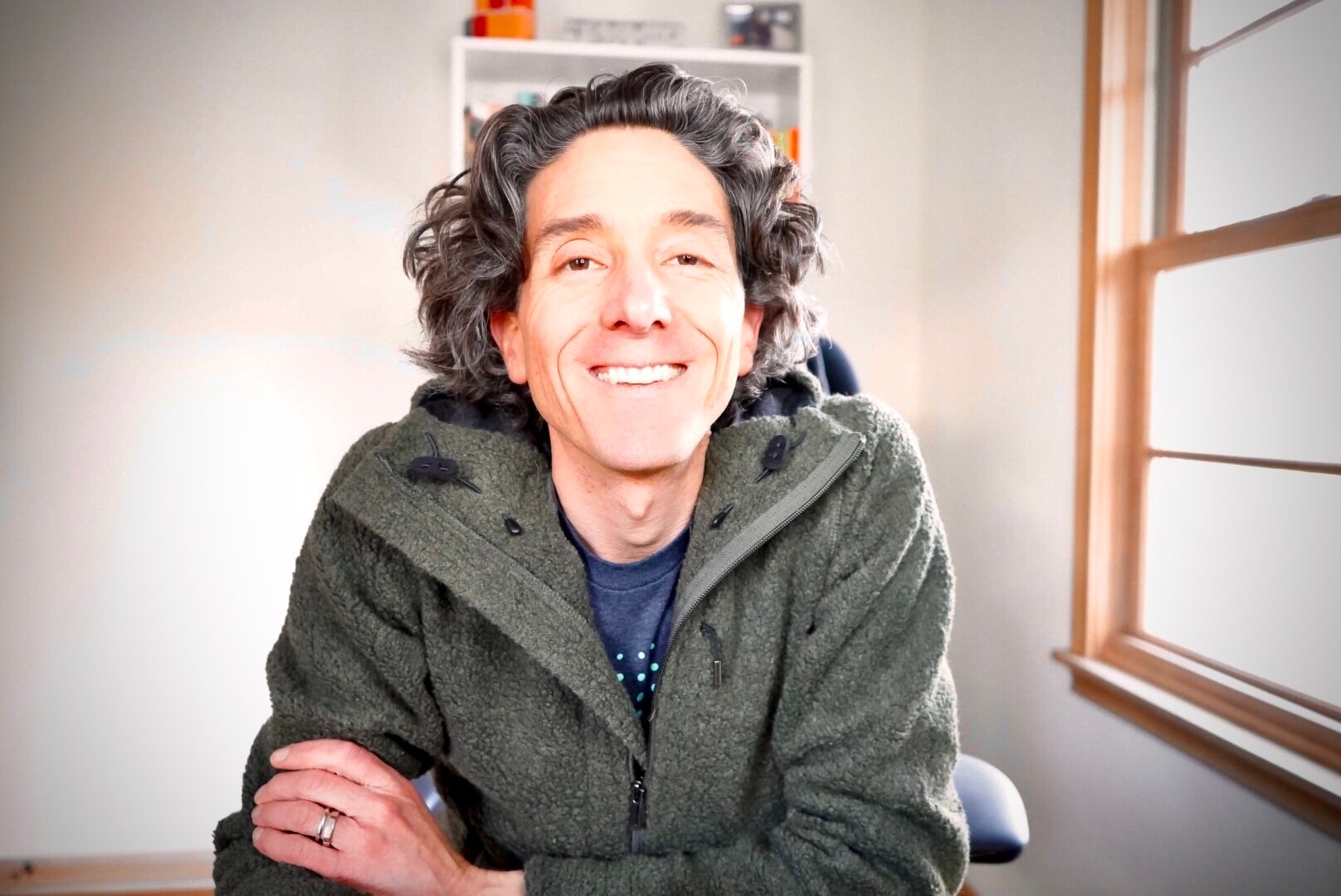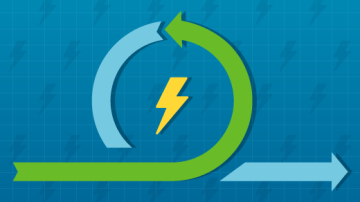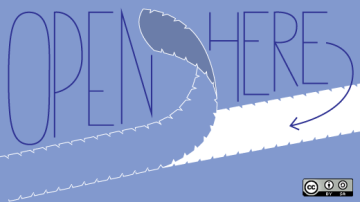
I lead a team in Red Hat focused on providing context, knowledge, connection and alignment to our Product and Technologies employees, as well as working to ensure they have an inclusive, equitable, and safe environment to work and grow in. I am a late-diagnosed autistic person and I co-chair Red Hat's neurodiversity employee resource group.









Authored Comments
Thanks for writing this, Ashley - great ideas on getting into the field!
Thanks Ron - I always appreciate your perspective and insight. Rejoicing in small achievements is indeed something I can learn to do better!